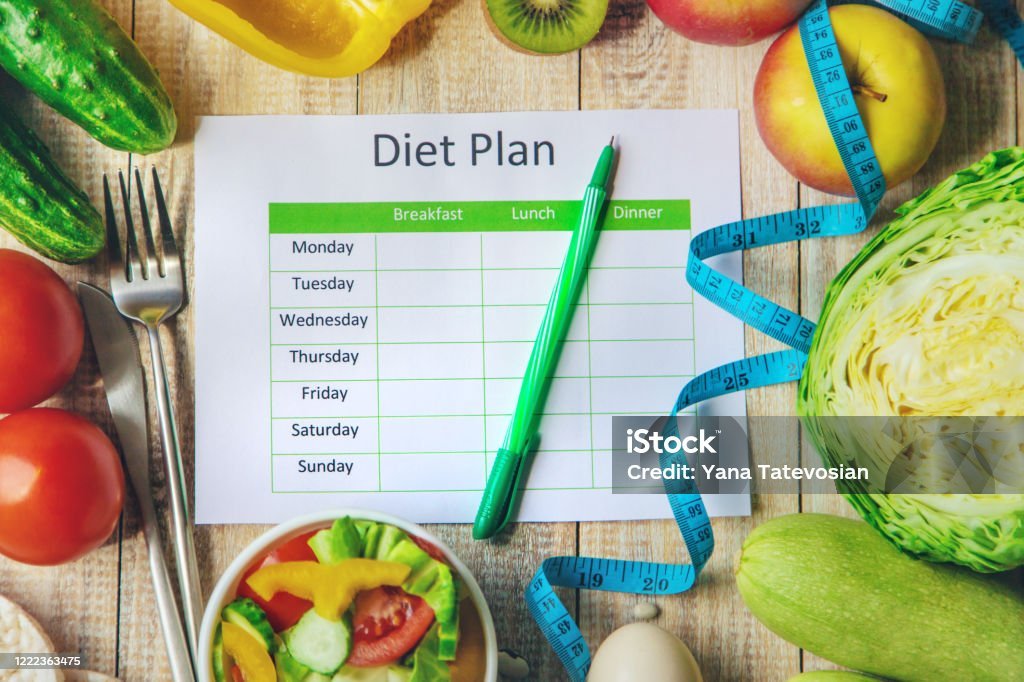Keeping fit and maintaining a healthy lifestyle are both nothing without understanding diet in our modern-day health-conscious world. There are so many diets and nutrition advice out there, it can be difficult to figure what worked the best for you. Outlined in this article is a laymen review of diet basics, key concepts, most well-known diets and guidance to help you make more informed food choices.
What is Diet?
Fundamentally, a diet entails most importantly the food or drink consumed by an individual. Some only know of and think about diet- in terms of trying to lose weight, but it involves much more than being on a calorie deficit or blow-out last night at dinner. A balanced diet will give the body all of the nutrients (carbohydrates, proteins, fats, vitamins and minerals) that it needs for good health.
Principals for a good diet
As much as planned it would be the expert to attract people for eating variety in items (included those from all classes of nutrition types), and yet when given, I am getting mixed up.
Everything in Moderation: Size Matters it is okay to indulge every once in a while, but moderation helps prevent unnecessary extra calories and poor habits.
Variety: Ensure that you are eating a wide variety of foods to make sure your body is getting the nutrients it needs and stave off boredom. Adding a variety of fruits, vegetables, grains and proteins is beneficial for our health AND taste buds.
Nutrient Density: The amount of a particular nutrient relative to its calorie content; aim for foods with the most vitamins and minerals possible. Good foods are fruits and veg whole grains lean proteins
Water: Water is LIFE! Hydration: Water aids in the digestion, metabolism, and overall functioning of your body.
Popular Diets Explained
1. Keto Diet
The Plan: Ketosis is exactly what it sounds like, the body begins burning its own fat for fuel due to a depletion of carbs. The ketogenic diet is considered high-fat and low-carb. But it could help with weight loss and certain health markers so long as proper attention to nutrient intake is a priority.
2. Intermittent Fasting
The simplest version of intermittent fasting is when you go to square meals a day and no snacks. This is one way to help you lose weight, maintain your metabolism and aid cellular repair processes. The 16/8 method and the 5:2 diet are two popular types of intermittent fasting.
3. Mediterranean Diet
Modelled on the eating habits of Mediterranean countries, this diet focuses on whole foods (think plentiful fruits and veggies), healthy fats from olive oil or nuts as opposed to saturated fat-heavy choices like butter and dairy, lean proteins. This is connected to many benefits for health, including heart and long life.
Following the edible habits of Mediterranean countries, this diet includes local fare whole-foods endemic healthy-fat (think: olive oil), lean-protein options and ensuring you are consuming your daily intake from fresh fruits as well as an array of vegetables. The benefits include anything from heart health to longevity.
4. Plant-Based Diet
Whole-plant foods include fruits, vegetables, legumes (beans and lentils), nuts, seeds. Not only can it cut down on potential diseases or conditions, but the food is also so much better for the planet and truly environmentally friendly.
5. Paleo Diet
The paleo diet is a way of eating that emphasizes consuming foods that were likely available to our Paleolithic ancestors thousands of years ago, including lean meats, fish, fruits and vegetables. It eliminates processed food, grains and dairy.
Some Tips for A Better Diet
Prepare Your Meals: By meal prepping you are prepared with healthy options, and it will help to prevent reaching for something less nutritious.
Educate Yourself on Labels: If you understand what is written on your food labels, you will be more likely to make good choices about how much sugar and fats a particular product contains.
Tune in to what your body is saying and how hungry/full it actually feels. When you eat mindfully, it can help in enhancing your relationship with food and saves from overeating.
Some have specific health concerns or don’t know where to start, they can consider seeking help from a registered dietitian (RD) in order to count on an individual piece of advice.
Conclusion
One of the major factors that you have to take in consideration while living a heathy life is understanding diet. You can build a healthy eating pattern by adding good-for-you-foods you practice balance, moderation, variety and nutrient density plus hydrate. Try out many diets to see what suits you, but start slow and not change everything in one go. So nourish your body first and then let the low fruition graphics follow suit.



The examples provided make it easy to understand. Your writing style makes this topic very engaging. This article is a treasure trove of information! I enjoyed reading this and learned something new. Such a helpful article, thanks for posting!